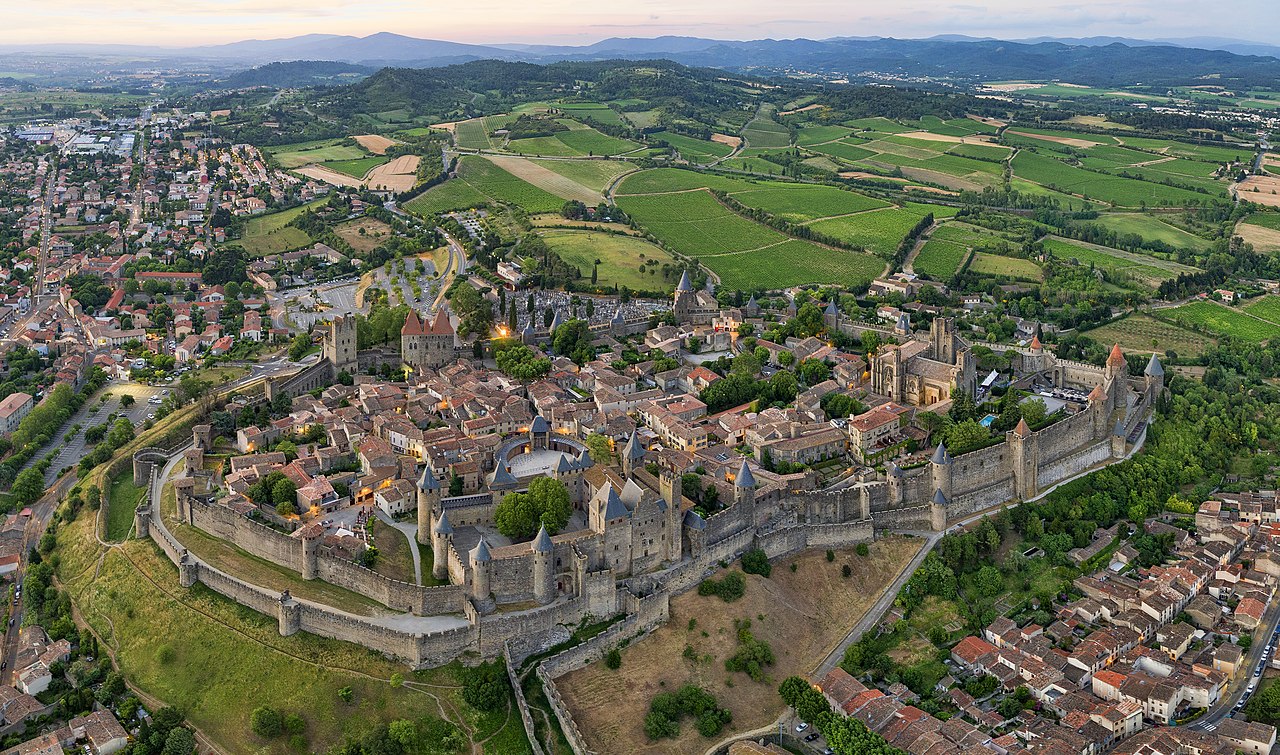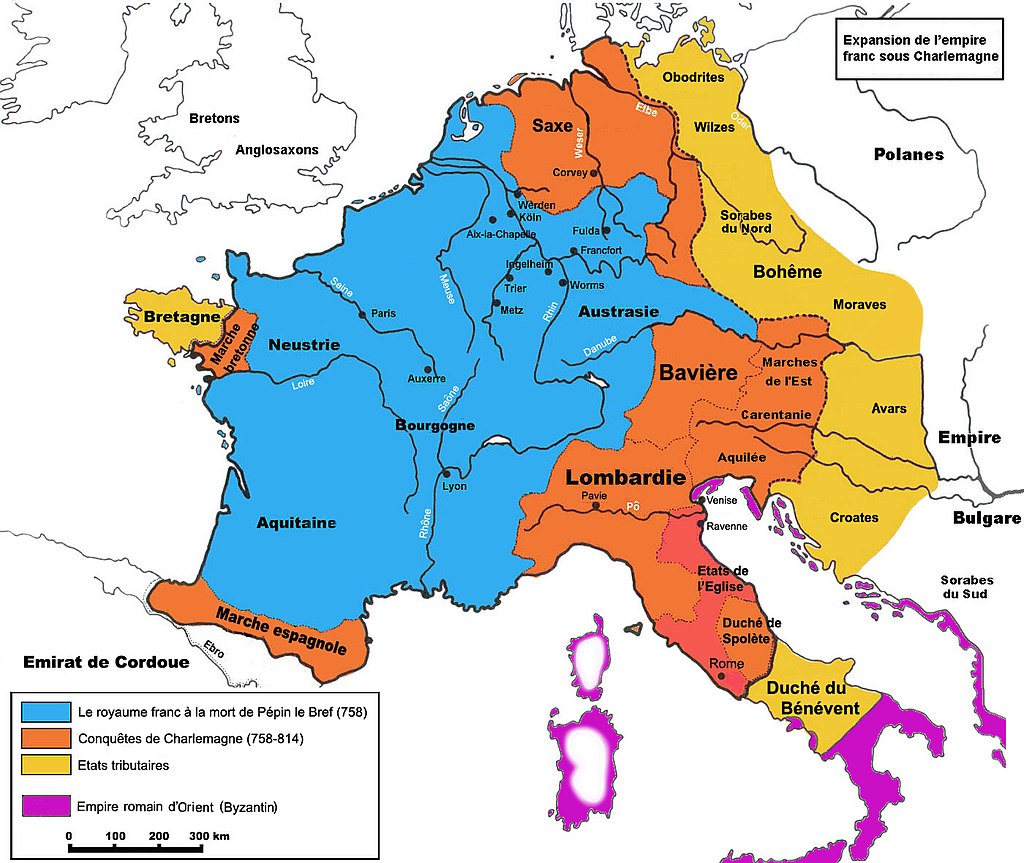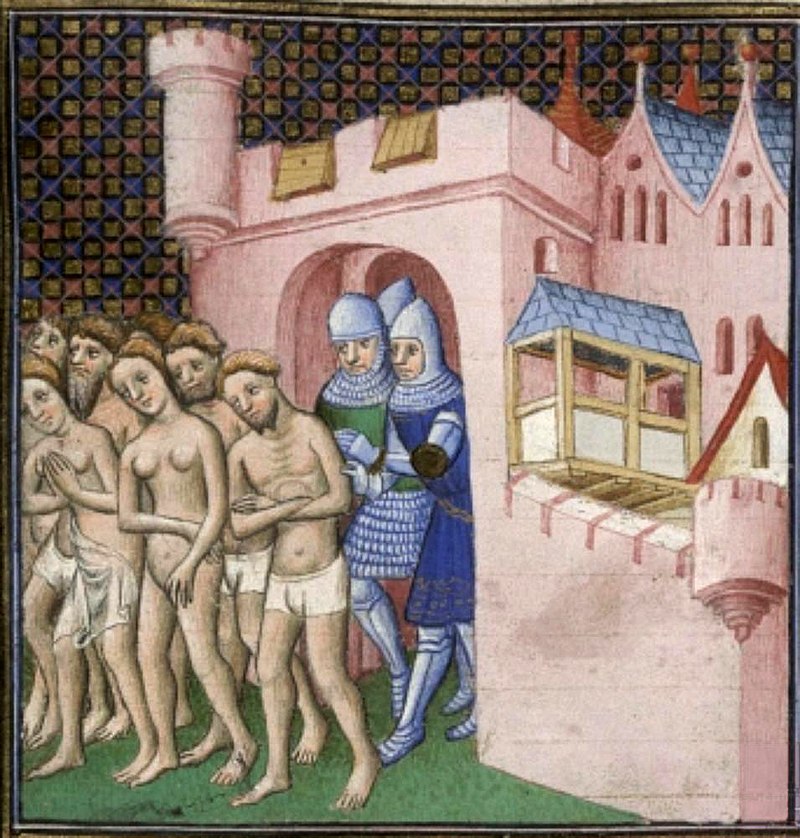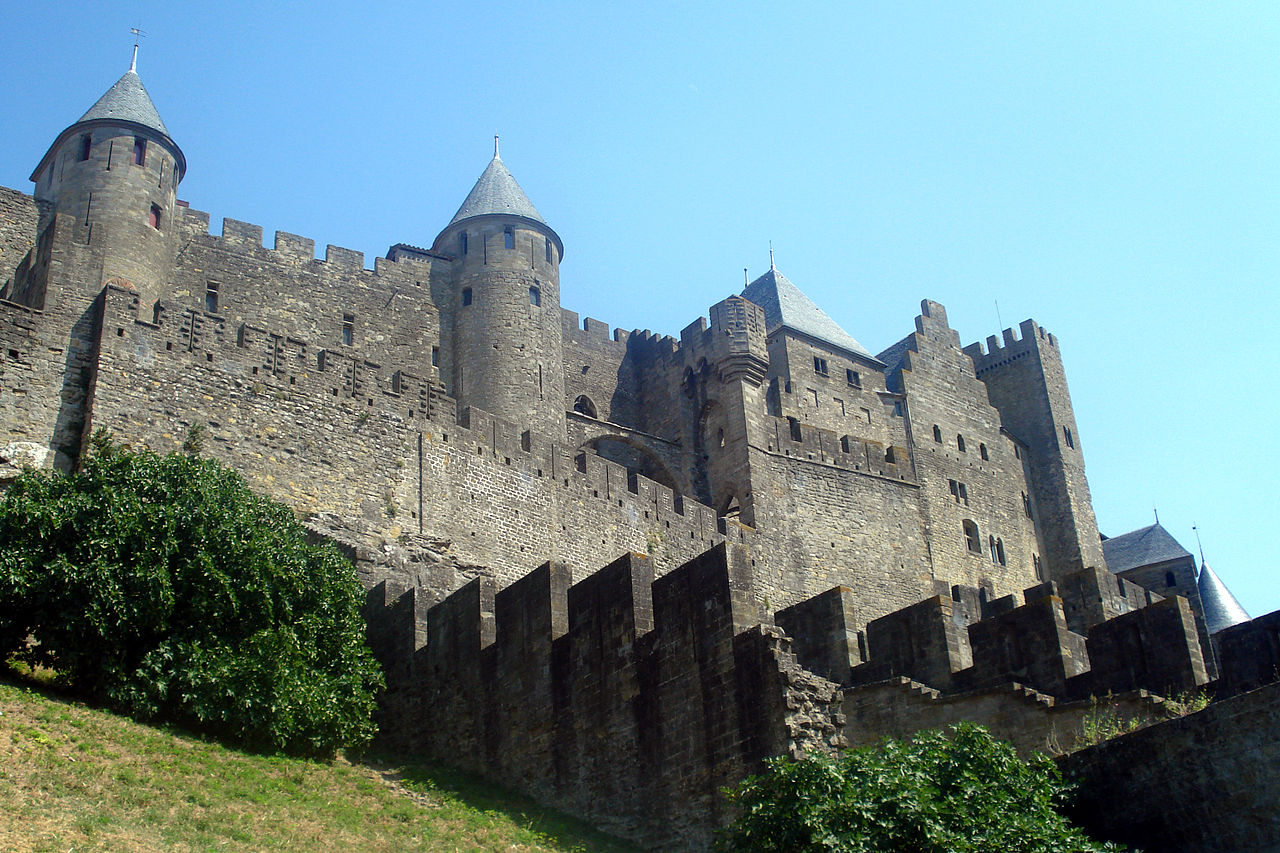
AsianOverland.net
Tour Guide - Itinerary
Asian Overland Sydney to London
Started 22/06/2022 Finished 21/06/2023365 Days ITINERARY
Day 259 date 07/03/2023CRO MAGNON to CARCASSONNE, FRANCE
ASIANOVERLAND.NET LONDON TO SYDNEY DAY 259: CRO MAGNON TO CARCASSONNE, FRANCE
Another wonderful, scenic day’s drive from Cro-Magnon to Carcassonne, a famous fortified city in the region of Occitanie.
Inhabited since the Neolithic, Carcassonne links historic trade routes from the Atlantic to the Mediterranean Sea and the Massif Central to the Pyrénées. The first signs of settlement in this region have been dated to 3500 BC, but the hill site of Carsac—a Celtic place-name —became an important trading place in the sixth century BC. Its strategic importance was recognized by the Ancient Romans, who occupied its hilltop until the collapse of the Western Roman Empire.
In the fifth century, the region of Septimania was taken over by the Visigoths, who founded the city of Carcassonne in the newly established Visigothic Kingdom.
In Francia, the Arab and Berber Muslim forces invaded the region of Septimania in 719 and deposed the local Visigothic Kingdom in 720. After the Frankish conquest of Narbonne in 759, the Muslim Arabs and Berbers were defeated by the Christian Franks and retreated to their Andalusian heartland after 40 years of occupation. The region was then ruled by Carolingian king Pepin the Short.
The origins of Carcassonne as a county may have started with the Visigoths, but the first count known by name is Bello during the rule of Charlemagne.
Carcassonne became famous for its role in the Albigensian Crusades when the city was a stronghold of Occitan Cathars. In August 1209 the Papal crusading army forced its citizens to surrender. The people of Carcassonne were allowed to leave—in effect, expelled from their city with nothing more than the shirt on their backs. Simon de Montfort was appointed the new viscount and added to the fortifications.
Carcassonne became a border fortress between France and the Crown of Aragon under the 1258 Treaty of Corbeil.
Carcassonne was demilitarised under Napoleon Bonaparte, and the fortified cité of Carcassonne fell into such disrepair that the French government decided that it should be demolished. A decree to that effect that was made official in 1849, but caused an uproar, leading to restoration in 1853.
Carcassonne was added to the UNESCO list of World Heritage Sites in 1997 because of the exceptional preservation and restoration of the medieval citadel.
© This work is copyright. Apart from any use permitted under the Copyright Act 1968, no part may be reproduced by any process, nor may any other exclusive right be exercised, without the permission of Peter Searle, peter@portseavillageresort.com; 1980-2024.
Website built by Justin O’Dea www.webdeveloperdocklands.com.au





